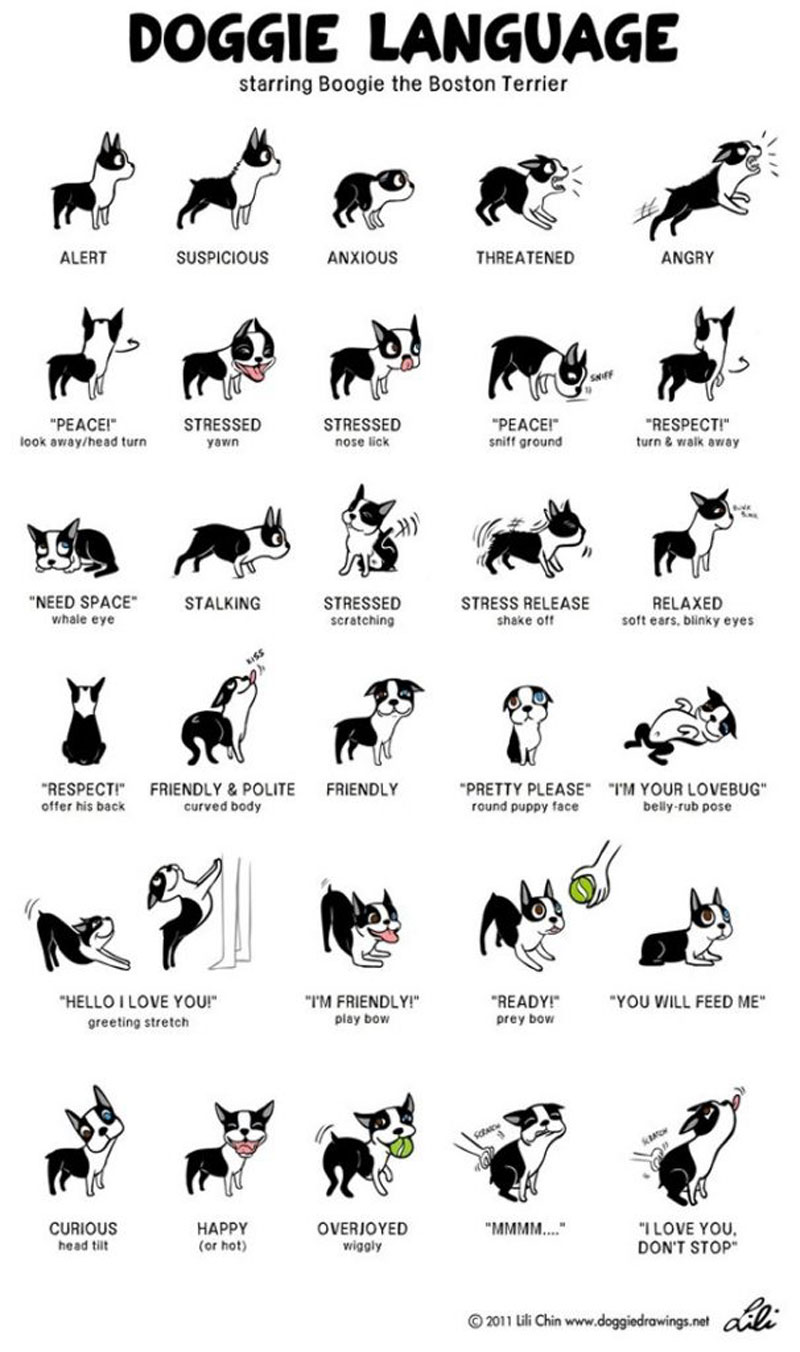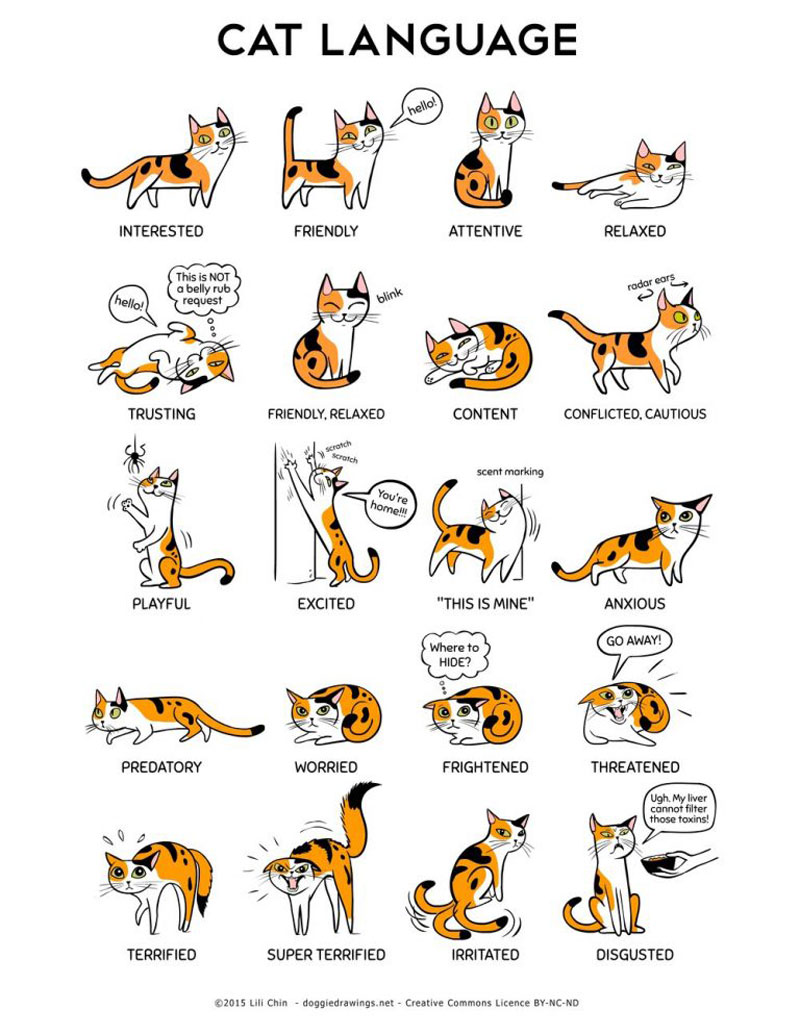Fear Free Philosophy
Good for pets, good for owners
Fear Free is an initiative started by Dr. Marty Becker in 2016. His vision was to “take the pet out of petrified and get pets back into practices.”
According to the 2014 Bayer Veterinary Healthcare Usage study, 37% of dog owners and 58% of cat owners say their pets hate going to the veterinarian. In this same study, 26% of dog owners and 38% of cat owners report that just thinking about going to the vet is stressful.

Does this resonate with you?
Fear free visits result in less stress and trauma for both pets and their families. Regular veterinary visits will help maintain your pet’s healthy and happy life. These regular visits will foster early detection and treatment for any issues or diseases.

Chat With A Support Agent Now!
Fear Free in Action
Implemented for you and your pet
Each of our hospitals have Fear Free Certified staff members that have gone through extensive training in best practices to provide a low-stress environment for our patients.
The goal of the skills and tools learned is to reduce anxiety for pets and their families before, during, and after their visit with us. When pets are calm, the quality of the medicine we can provide is enhanced and the safety of our team is ensured.
Caring Hands Animal Hospital utilizes the following techniques to support a Fear Free visit for your pet

For Dogs:
- Adaptil (a dog “happy message” pheromone spray) is sprayed on our staff’s clothing and the towel or blanket your dog will rest on during their visit with us.
- An Adaptil diffuser above the dog’s scale
- Multiple treat options in our exam rooms (peanut butter, cheese, biscuits).
- Relaxing music for dogs (Through a Dog’s Ears).
- We will avoid using our strength against theirs to accomplish a treatment or diagnostic service. In some instances, we may suggest a mild sedation for fearful patients or painful procedures.
For Cats:
- Feliway (a cat “happy message” pheromone spray) is sprayed on our staff’s clothing and the towel or blanket your cat will rest on during their visit with us.
- A Feliway diffuser in our cat waiting area.
- Multiple treats available in exam rooms (soft, crunchy, and a variety of flavors).
- A cat-only exam room and waiting area. (Not available at all locations due to space.)
- Relaxing music for cats (Through a Cat’s Ears).
- We will avoid scruffing unless we feel it is necessary for human safety. In some instances, we may suggest a mild sedation for fearful patients or painful procedures.
Same day and urgent care appointments available
Transporting Your Pet
There and back again...
A fear free veterinary visit often begins at home. Be sure to bring your pet in on a leash or pet carrier.
Many cats become fearful as soon as they see the carrier being pulled out at home. To help mitigate this, help your cat become familiar with their carrier.
You can do this by:

- Leaving the carrier in a location that your cat spends a lot of time.
- Placing familiar bedding inside the carrier. This can include bedding your cat likes or material that includes your scent.
- Placing treats, toys, or catnip in the carrier daily to help encourage your cat to enter on their own.
Keep This in Mind:
Not all carriers are made the same
Not all carriers are made the same. Here are our tips for cat carriers that can help aid in a fear free visit:
- Look for a carrier that has a large opening and can be opened by the front and top. This will help you get your cat in and out of the carrier easier.
- Look for a carrier that can be taken apart in the middle and have the top half removed. This will allow us to simply remove the top of the carrier and your cat can remain in the bottom, where he/she is comfortable.
Helping Your Pet:
Recognizing Signs of Stress
Our staff is trained to be able to identify signs of stress in pets and take the necessary steps to alleviate that stress. Here is a useful chart to help you identify your pet’s many moods.


